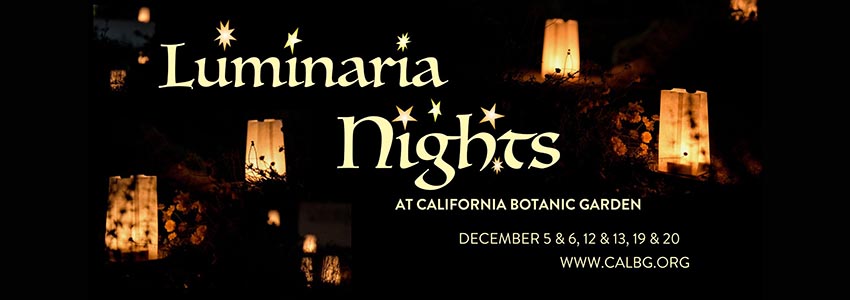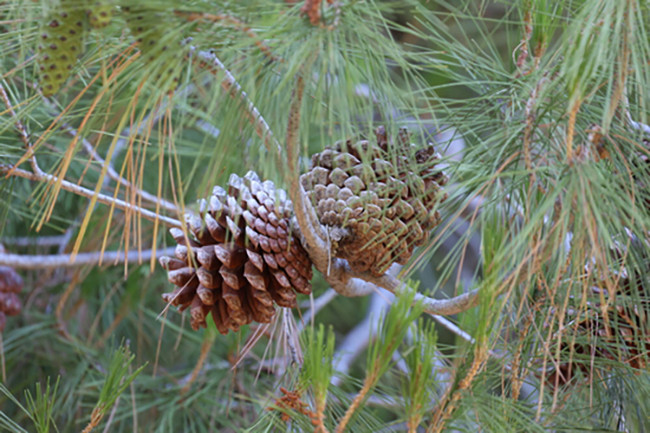A tree—and many others—grows in Claremont
by John Pixley
Not too long ago, there was a letter published in the Los Angeles Times that ended with the following: “Besides the issues raised by the shopping center project, in light of the major California drought and certain tree diseases appearing, the viability of all trees we have planted in the area will have to be re-evaluated. “
So much for trees. If they are hard to maintain, then maybe we shouldn’t have them. Maybe we should reconsider whether they’re really that important. When I hear someone say “re-evaluated” like this, I can’t help thinking of when I was growing up and would understand that when my mom said, “Maybe, ” it really meant, “No.”
Even without the mention of a mall, I think it’s fairly clear that the writer of the LA?Times letter, who said that the developer “has been doing a great job with its project,” doesn’t live in Claremont. That was my immediate thought when I read the comment last month regarding an article about the controversy over more than 200 trees being cut down to make way for a mall in—of all places, given its name—Thousand Oaks.
All the more when, earlier this summer, one of the leading articles in these pages was about deep watering and how Claremont is using this method to save its trees during this exceptionally dry summer in the midst of a major drought that appears to have no end. The article described large bags full of water that are placed near trees once a week or so. The bags have very small holes, allowing the water to slowly seep out and deeply irrigate the trees. What’s more, the water doesn’t run off and go to waste.
And then, a bit later on August 1, it was big news in the COURIER that an oak tree on Seventh Street, believed to be over an hundred years old, had one of its two primary branches fall off. It was explained that, because of what limb was involved and how deep the crack was, the tree may not recover.
“I don’t see an immediate hazard from the tree,” Paul Cranmer, community services manager and certified arborist with the city of Claremont, was quoted as saying. “…We’ll evaluate it and go from there.
Everything was going to be done to save the tree, according to the article. Even more telling was the way Angela Bailey opened her story, “One of Claremont’s oldest residents suffered a major setback this week.” The tree isn’t just a tree. It’s a part of Claremont, indeed, a “resident” of Claremont.
Two weeks later, it was big news that, sadly, the tree was so damaged it couldn’t be saved. It was also reported in the COURIER story that the destroyed tree will be well-used. Its wood will be used to create a memorial bench, as for a beloved longtime resident, and the remaining limbs will be used for mulch, made available to the public soon,
It isn’t for nothing that Claremont is known as the City of Trees, as well as PhDs. Claremont is proud of its trees and rightfully so; it takes care of its own.
Remember the outrage last year (or was it the year before?) when a tree in Memorial Park was accidentally cut? Or the distress over trees being removed in a neighborhood near the Claremont Club?
Yes, we in Claremont love our trees. And no wonder. There are whole areas of the city that are like a park. The college campuses are practically a park, even more so during the summer when the campuses are mostly not in use. But when the students are here, it’s still a lovely place to go to school or just take a stroll.
Claremont is a good place for strolling and biking—it is promoted as such, with efforts to get people out of their cars—and the trees here are a big reason for this. On these summer days, the early evenings are a particularly nice time for walking, but in some areas with lots of trees, walking in the very warm afternoon can still be pleasant. As I have mentioned before, except when the heat and especially humidity go through the roof, I have found it nice to sit and read under a tree on summer afternoons.
And no doubt our passion for trees is behind all of the effort and, yes, even controversy over taking control and ownership of the water supply. We want to find the best way to ensure we have fair and affordable access to water, including for our trees. This makes sense, particularly when paired with the care the city is taking in watering its trees in ecologically smart ways.
There was another letter in the Times reacting to the Thousand Oaks tree controversy. The writer concluded in this way: “What took 200 years to create can be destroyed in days. Something is terribly wrong with our priorities.”
This sounds much more like Claremont, at least when it comes to trees. I was also glad to see an article in the Times a bit later about Los Angeles doing deep watering—the bags with the holes sounded about the same as Claremont’s—for its trees. The article focused on a project in Griffith Park.
I don’t know if Claremont is leading the way on trees, but it’s nice to see this big ecological sensitivity having taken root in this small town. It goes along quite nicely with all the Ph.Ds.







0 Comments